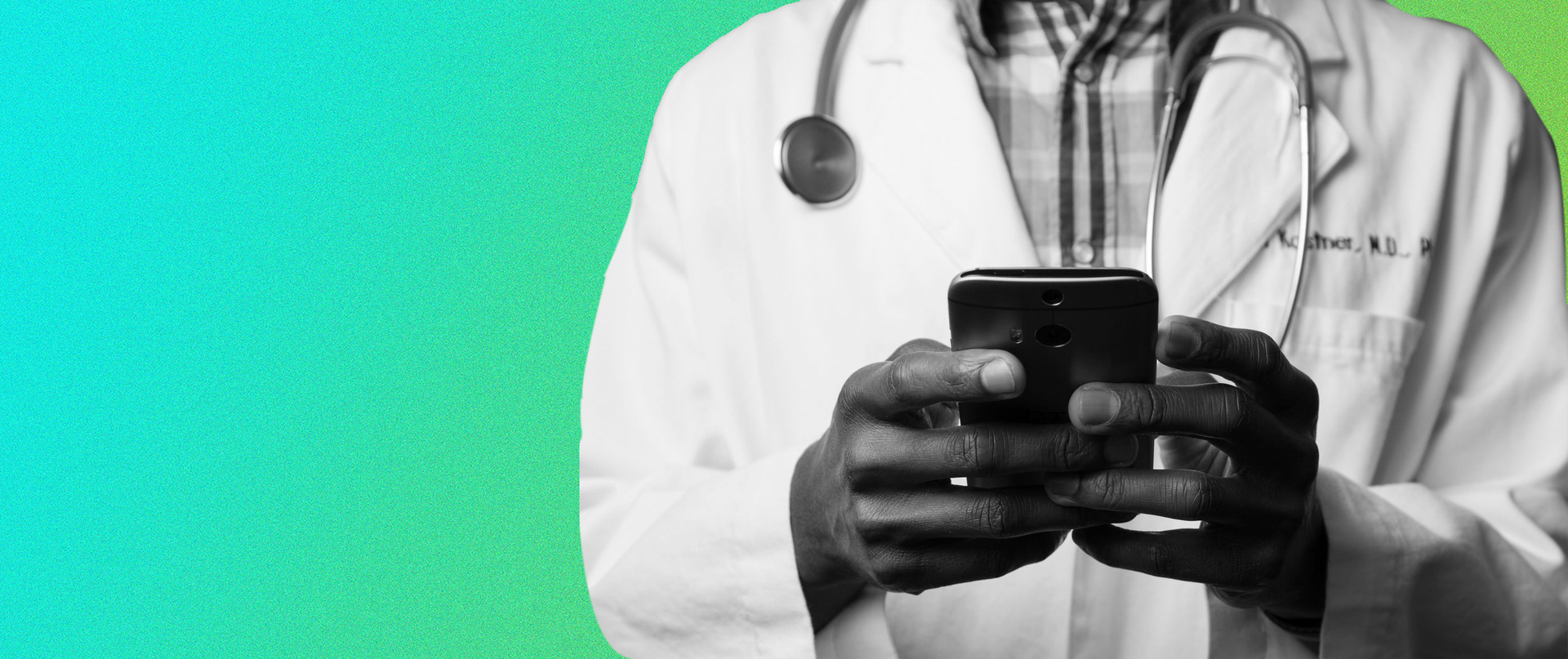Roadmap to Successful Healthcare Interoperability
Successful interoperability is determined by the policies and standards that enable its capacity for generating quality of, and access to, secure healthcare.
Why EHR Interoperability?
Medical visits can be intimidating and uncertain, so it is crucial for patients to have peace of mind about every aspect of their healthcare journey: receiving an accurate diagnosis and treatment, having access to personal medical records, data privacy and security, communication with their provider, and the resulting financial implications. Everyone should have control of, and feel empowered about, their health.
Allowing patients and providers to have complete and prompt access to their data and information with a continuous exchange of their health records creates transparency between both the patient and provider. Building a trusting foundation begins with timely, accurate, and clearly communicated clinical decision-making. Interoperability allows for this timely and accurate clinical decision-making because the patient’s archived information is easily accessed and analyzed by the provider. [1]
The Success Process

Interoperability enables centralization and versatility of data, generating more opportunity for efficient communication and continuity of medical records. This enhances not only the patient’s journey, but the healthcare institution’s success as well. [3] Adequately guiding communication and management among healthcare professionals is crucial when sharing resources regarding a patient’s history. This helps providers avoid errors and unnecessary tests and procedures, saving both themselves and the patient valuable time and money. [4]
Electronic health record (EHR) interoperability accelerates seamless continuity of patient care along various networks and medical institutions – a critical component for facilitating accurate and efficient patient examinations. [3] This averts any misinterpretation when discussing and exchanging patient data, helping to avoid medical errors and sustain a patient-centered style of care. [4] Continuity of care maximizes trust between the patient and provider by ensuring that patient medical records are protected and that their history is understood and interpreted properly when determining their appropriate treatment options. [3]
Standardization is necessary for establishing successful continuity of patient medical records. Software systems operate the same way most things do to achieve optimum efficiency – in a standard format that is consistent, familiar, and easy to digest and understand along several channels. Essentially, this concept is like creating a unique language that is universally accepted by each of those networks. Complex healthcare data must be communicated uniformly so it can be easily interpreted and integrated into a patient’s EHR and conveyed correctly.
[2]
Interoperability Activism
While interoperability has proven to be beneficial for quality of and access to care, health information systems have lacked the infrastructural backbone they need to sustain digital connectivity. The main culprit has been the policy action in place that has restricted health information exchange (HIE) between patient and provider.
These policies have promoted information blocking – restricting access to, the exchange of, and utilization of medical records – which is counterproductive when nurturing healthcare empowerment and a trusting foundation. [1] There must be policies in place to maintain structure and regulation, while simultaneously forging new growth toward the development of ideal patient care.
Policy Action
EHR interoperability needs to be guided, not marginalized, to enable this continuity of care for an efficient and successful patient journey. That is why the 21st Century Cures Act has been an essential asset for interoperable progressivism. [1] This piece of legislation aims to reconcile the disparities in current policies that prohibit the advancement of digital connectivity in EHR systems, and those that promote interoperability-preventing information blocking practices. [5]
Information blocking not only prevents patient history form being exchanged and interpreted for proper diagnosis, but it costs medical practices even more money just to gain access to that information. This model was designed in an effort to create a market that various healthcare providers were able to manipulate after collecting patient data, because repurchasing data is more expensive than simply migrating it. This form of exploitation produces more cost for practices that the patient later transfers to and limits patient access to their own health data. [1]
To put it plainly, information blocking is a barricade to interoperability; it creates a data dictatorship among practitioners. Regulations and standards are enacting a regime change for the political structure of healthcare, reconstructing the form of government in the healthcare industry from a data dictatorship to a data democracy.
Standards and Regulations
One example is Health Level 7’s (HL7) Fast Healthcare Interoperability Resources (FHIR) standard. This specification aims to standardize the structure used to seamlessly access data from more than one EHR and promote health data exchange and communication efficiency. The primary goal of developing FHIR was to broaden its application in the healthcare community and create overall semantic interoperability for the ecosystem of networks involved in sending and receiving information. [6]
This will improve privacy and security for patient records because all their data is being transferred, organized and stored accurately, safeguarding that all the senders and receivers across those networks understand where and how this is being accomplished. When there is a precise and uniform knowledge of the methods being used for data exchange and network communication, there is also a clear understanding of how to make that process reliable, while protecting it. [6]
Similarly, the XDS profile was created by the Integrating the Healthcare Enterprise (IHE) to provide continuity of care as well and a vendor neutral archive of data. This standard permits physicians to have ease of access to documents and medical records from its respective repository, or EMR. Essentially, this is a data warehouse, or source system, that concentrates all of a patient’s information, from medical images, referral or discharge letters, physical exam notes, lab results, prescriptions, other scanned documents, etc.
[7]
Moral of the Story
Interoperability for health information technology is essential for enabling a secure, standardized network-to-network exchange of electronic health records. Supported by the Cures Act and new standards, information blocking is now monitored for improved access to patient data for enhancing their quality of care while maintaining confidentiality – allowing for successful interoperability. This ensures that patient care is continuous between networks, eliminating inconsistency and misinterpretation of patient data and reducing readmission rates, medication errors, and duplicate testing. This has a long-term impact on reducing costs and saving valuable time for patients and healthcare institutions. [2]
Policy makers and technical committees are making significant strides toward anticipating the healthcare industry’s needs for constant improvement and innovation, by establishing legislation and regulations that support safe, efficient interoperability efforts and data democratization. Public and private entities are instructed to standardize the format of the HIT exchange between networks to shape a framework that complies with this Act and with the standards that enforce strict privacy and security guidelines. [5] This principle is leading the way for business and technology companies to implement secure connectivity and continue revolutionizing healthcare on a global scale.
What's Next?
Policymakers and technical committees are making significant strides toward anticipating the healthcare industry’s needs for constant improvement and innovation, by establishing legislation and regulations that support safe, efficient interoperability efforts and data democratization. Public and private entities are instructed to standardize the format of the HIT exchange between networks to shape a framework that complies with this Act and with the standards that enforce strict privacy and security guidelines. [5] This principle is leading the way for business and technology companies to implement secure connectivity and continue revolutionizing healthcare on a global scale.
Sources
[1] Powell, Kimberly R, and Gregory L Alexander. “Mitigating Barriers to Interoperability in Health Care.” HIMSS, February 24, 2021. https://www.himss.org/resources/mitigating-barriers-interoperability-health-care.
[2] Office of the National Coordinator for Health Information Technology. “What Is Hie?” HealthIT.gov, July 24, 2020. https://www.healthit.gov/topic/health-it-and-health-information-exchange-basics/what-hie.
[3] State of Rhode Island: Department of Health. “Continuity of Care.” State of Rhode Island:
Department of Health, 2023. https://health.ri.gov/healthcare/about/continuity/#:~:text=Continuity%20of%20care%20is%20an,quality%20of%20care%20over%20time.
[4] Ali, Dr. Naheed. “EHR Interoperability Challenges and Solutions.” EHR in Practice, December 6, 2022. https://www.ehrinpractice.com/ehr-interoperability-challenges-solutions.html?utm_source=ehrinsider&utm_medium=email&utm_campaign=ehrnl045&utm_content=button&vgo_ee=BvtliFPFDXd5PwhrbvpK7kzkASpiHornD%2Fz2wZTd1jg%3D.
[5] Office of the Federal Register, National Archives and Records Administration. "Public Law
114 - 255 - 21st Century Cures Act". Government. U.S. Government Publishing Office, December 12, 2016. https://www.govinfo.gov/app/details/PLAW-114publ255
[6] “ONC: Office of the National Coordinator for Health Information Technology.” What is
HL7® FHIR®? ONC | Office of the National Coordinator for Health Information Technology, June 2021. https://www.healthit.gov/topic/standards-technology/standards/fhir-fact-sheets.
[7] Philips. 2019. “IHE XDS: Sharing medical documents across enterprises.” Philips: Interoperability Solutions. https://www.philips.com/c-dam/b2bhc/master/Products/Category/clinical-informatics/forcare/december-2019/Whitepaper_IHE_XDS.pdf



All Rights Reserved




US Headquarters
600 Park Offices Drive, Suite 300
Durham, NC
27709, United States
Mexico
Av Union 163, 10th floor
Colonia Americana,
Guadalajara, Jalisco, Mexico
Colombia
Cra 13 #90-17
Piso 7 Oficina 97
Bogotá, Colombia
Brazil
Av Nacoes Unidas, 14.261 - Torre A - Piso 5
Sao Paulo - SP - Brazil
Spain
Avenida de Príes, 32
CP 29016 Málaga, Spain
Philippines
1406 Centerpoint Bldg
Garnet Road, Ortigas Center, Pasig City, Metro Manila Philippines
Netherlands
Emmasingel 33 5611 AZ,
Eindhoven, Noord-Brabant Netherlands
Panama
Calle 63A - 31
Urbanización Los Angeles,
Corregimiento de Betania,
Provincia de Panama. Panama
Connect with us!
















